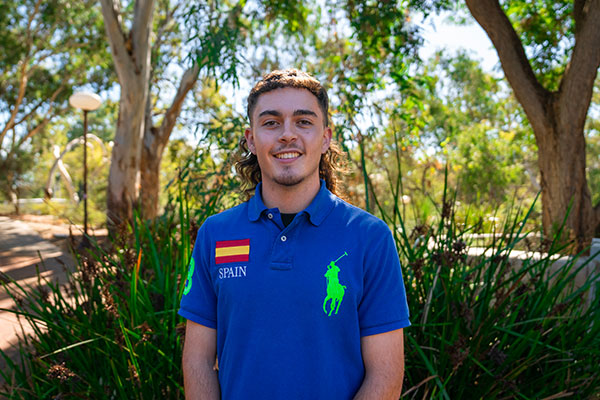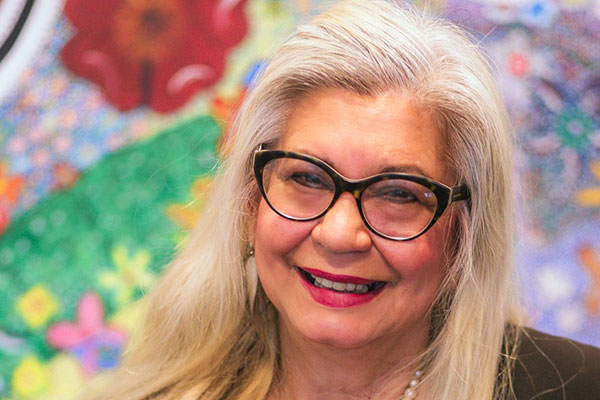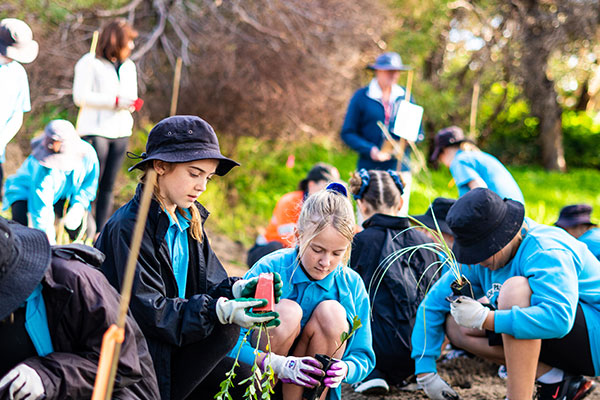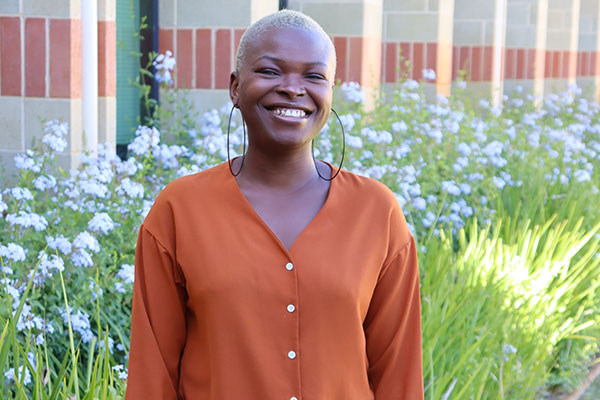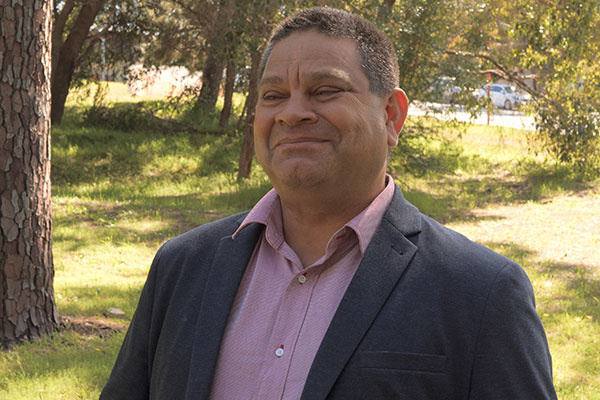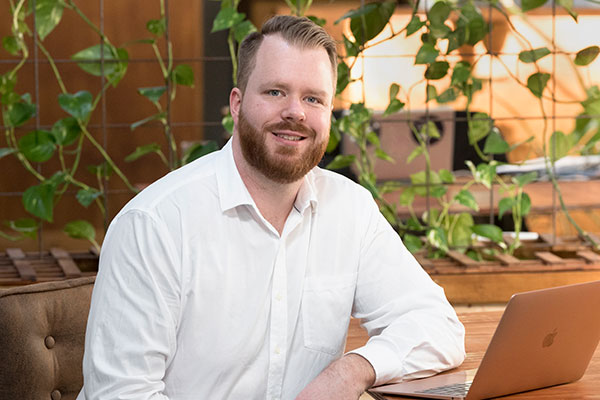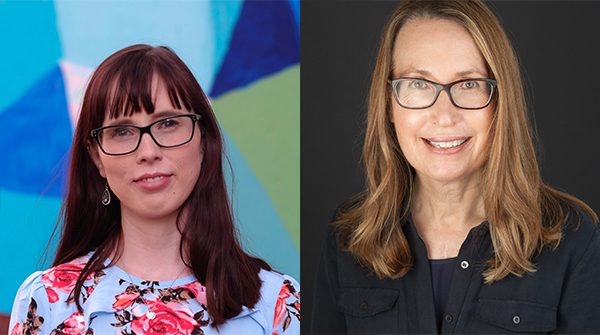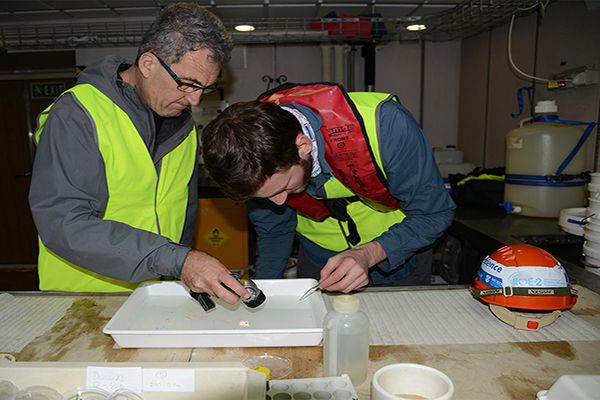
Rising through the advertising ranks, setting up her own agency, writing books and establishing a Women’s movement… alumnus Uma Rudd Chia has already packed quite a lot in! We are delighted she paused just for a few moments to tell us a little bit more.
What did you study at Murdoch? What do you do now?
BSc Comms and Media (Journalism) 1995.
I am an Executive Creative Director who co-founded my own boutique advertising agency, KVUR, in Singapore with my business partner (who happens to be Australian), Kylee Vowles. We started during the heart of Covid in an industry that is mostly run by older white males, with the intention of giving the big boys (ad agencies included) a run for their money and seemed to have done well for ourselves.
Within two years we have picked up some incredible awards including Singapore’s fastest growing SME at the SME100s Awards. We also picked up a few multinational clients in the process and do global and regional work for them. We specialize in Web3 brand launches and have a knack for technology and innovation ideas.
I also founded the Female Idea, a movement that champions women in creativity. I am a keynote speaker on technology and innovation, women empowerment, and creativity. I wrote my third book, 10 Things Brands Could Do to Survive a Crisis, which the Singapore Straits Times called the playbook for brands to manoeuvre a pandemic. At the moment, I am writing a semi-autobiographical book called The Spotted Zebra on how to turn things that make you stick out into things that help you stand out.
What do you think is Murdoch’s point of difference compared with other universities?
Reputation, location in Asia and the amalgamation of innovation into the curriculum. (I heard Murdoch is the only one offering a journalism course with drone usage - cool). I think it’s also the chill learning environment. Murdoch made the discovery and development of understanding and the unveiling of things I wanted to know fun and exciting, rather than boring and tedious – which I thoroughly appreciated. It placed in me a deep desire and hunger to learn which I am continuing to cultivate and grow today. So, thank you!
What drew you to working in this sector? Any intriguing experiences you would like to share?
I started as a journalist at The Star, Malaysia’s leading English daily. I never thought of going into advertising. But when I moved to Singapore 20 years ago - the doors just opened. My first year in advertising I sold out, but I won Copywriter of the Year, picked up a few awards and thought to myself – “Hey I am good at this, I am loving the creativity and it pays better than journalism!” I have never looked back.
Over the years I realised advertising was ‘old white male’ dominated and creativity was being defined by very male standards. It made me realise - ideas are not gender neutral! They are male and female and that is why we need diversity – different people as creative leaders to have a diversity of ideas! Otherwise, you will only get one type of idea - and the world is at a loss because of that. So, I started The Female Idea movement to encourage women to take their places in the Creative C-suite and not apologise for how we create and think. We do not have to conform to male parameters and male standards!
KVUR in many ways is a reflection of, and testament to that. We are a woman-founded agency. We hire women unabashedly. We have some amazing male partners we work with and collaborate with to create dynamic work. Please don’t get me wrong – I don’t hate men! I have an amazing husband and son, and had an incredible Dad who always encouraged me to do awesome stuff irrespective of gender. But I am trying to bring a balance of both male and female ideas by encouraging more women to take seats at the table in the advertising industry, so that we have a richer pool of ideas at any given time and the world, and our clients are the better for it. A world where one gender doesn’t have the monopoly over good ideas, or what they look like.
What have been some of the big changes in your line of work in recent years?
There has been code of conducts introduced to protect women in the workplace, ensure diversity and equality in terms of privileges and salaries. This is a change I welcome. It’s making women in advertising feel safer and confident to be the best we can be. Now, in my own agency, I am consciously building more seats and tables for women to take their seats at.
Also, I feel a lot of graduates who come into the industry no longer see advertising as the end-all in their career. It is an industry that has lost its gloss to the tech companies. Most of the young people I encounter either want to learn enough and then start off on their own or use ad agencies as a leverage to enter a tech company like Google. You see that at the Cannes Lion Advertising award show – the big party places at the promenades with the best talk once belonged to the big agencies. Now the tech companies have conquered them. I am perfectly fine with this, which is why as an ad agency what we offer newbies joining us is a chance to grow their own brand. We hire people who are hungry and willing to try new and different things, bring their smarts to the table and have a sense of ownership – not just to learn from us, but teach us what they love and what they know.
We don’t expect them to stay with us forever, but we want them to give their best, and learn and grow when they are with us. The other thing we love is technology. We collaborate a lot with new tech brands to beta test their products and utilise these tools in our campaigns for our clients. So, not only do our clients get to use new tech in their campaigns, but our team also get to learn and master new technology which makes each member so much more knowledgeable and valuable on a personal level. We can bridge the gap of advertising and technology and create the ideal environment that new graduates can come in and learn in.

How do you foresee the role of creatives and media in the future?
The traditional creative teams are being replaced by hybrid creative teams - art directors who can code, copywriters who came make films etc. In North ASEAN markets, traditional media is primarily immersive and digital. There will be room for out of home media, but it’s going to be a mixed reality with 5G coming into play. We are only a few years away from the type of advertising you see on Blade Runner and Altered Carbon.
The pandemic completely accelerated peoples’ adaptation of immersive online media. We used to talk about digital natives – today we are talking about virtual natives. Being home and staying on their computer games all day under lockdown has made people (even the older generation) more comfortable in the virtual environment. They used to fear it. Now they feel at home in it and understand the basic navigation skills. Brands are launching their products as NFTs and making heaps of money selling something that is unreal. The product has equity and growth potential. So consumers are no longer just buying your products. When they buy your NFT, they are investing in your brand because it has the potential to make them rich in the future or own a true collector’s item. The virtual world has become more real than the digital world where media is concerned. Traditional media platforms like Facebook and Google have always been leading the digital media space, but during the pandemic, luxury brands dropped their products in games, turning games like Minecraft and Roblox into new media platforms.
Media is no longer something you create and expect people to come to. It is where the consumers choose to spend their waking hours (and pretty soon – their sleeping hours too). Products don’t have to be real to hold value, and the virtual world is more real in some ways and more profitable in many ways than the physical world. So today, media and creative need to consider what skills, tools and capabilities they are developing to build and create in these worlds.
What is the best piece of advice you have received?
If you see something wrong and don’t do anything about it - it is 50% your fault!
Who inspires you?
My kids - Daniel (14) and Sarah (12) - they hold a mirror to my face every day, reminding me I must be a role model and set a good example and be the best version of me, so they are inspired to be the best version of themselves. And my husband – he thinks I can do anything. He’s my biggest cheerleader and I love that.

